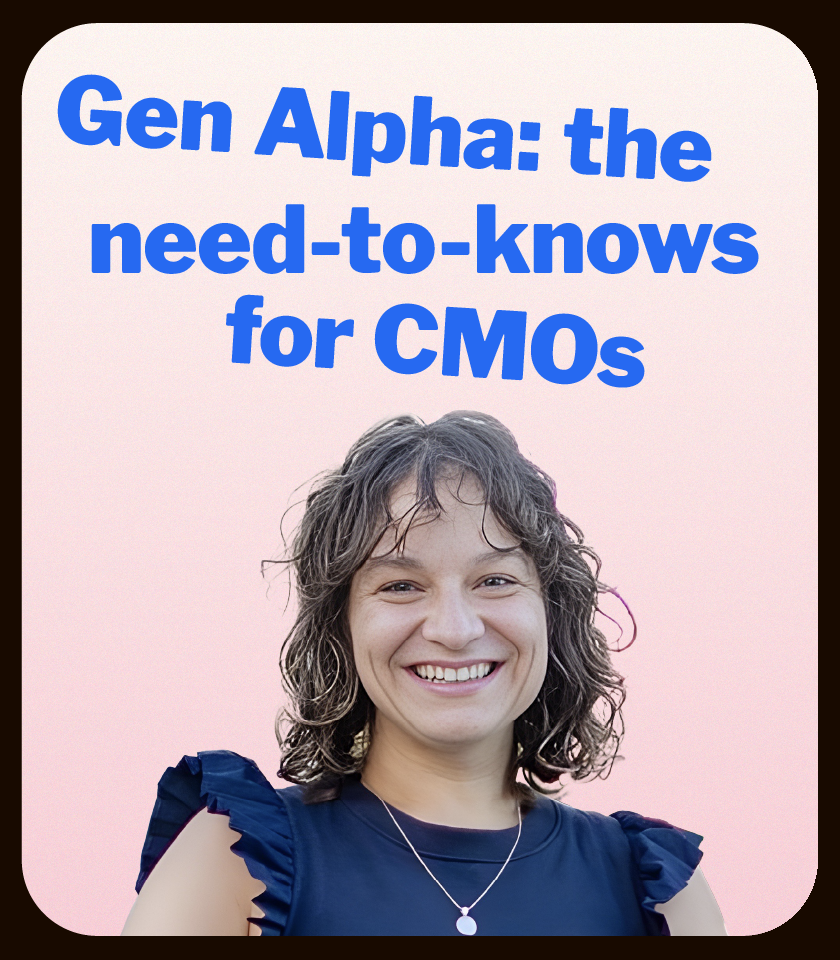“I am altering the deal. Pray I don’t alter it any further.”
—D. Vader
Fresh off the heels of doing away with broad match modifier keywords, Google is again changing the rules for how we play in its paid search sandbox. Responsive Search Ads (RSAs) are officially Google’s ride or die search ad format starting next July.
First, a little background. RSAs use machine learning to optimize paid search ad copy. We used to do this the long way — testing headlines and descriptions against one another in separate Expanded Text Ads (ETAs).
RSAs streamline that process, shifting optimization (and control) from the advertiser to the algorithm. For example, instead of testing two sets of headlines in two ETAs, advertisers supply multiple headline variations within a single RSA. Machine learning does the rest by mixing these assets to find the best performing combinations.
The move to sunset ETAs doesn’t come as a total surprise. At least, it shouldn’t. Last March, RSAs became the default search ad format in all accounts. And Google's account reps were pushing RSA adoption even before this — the writing has been on the walls.
This shift isn't necessarily bad news either. Machine learning has the power to make our ads smarter — and our campaigns more effective. Curiosity's media experts are already taking steps to maximize search campaigns for clients once these changes go into full effect.
But that doesn't mean we aren't looking for improvements from Google between now and next summer.
Here are four RSA changes we want to see before July 2022.
1) Improve performance transparency
This is the big one. We don’t need an under-the-hood look at Google’s black box of automation. But we do need a clearer view of exactly which ad copy assets resonate. Currently, RSA reporting only provides impression volume data for assets and combinations of those assets. Click and conversion data at some level is critical to finding out whether a messaging overhaul is due.
2) Give everyone playing time
That same RSA reporting suggests some secondary assets never get much chance to appear in a live ad. We often see select un-pinned assets in a new RSA immediately getting far more impressions than others. The early favorites then widen their impression lead as the weeks go on, almost as if the AI called the match after the first round. It feels an awful lot like the “rotate ads evenly” flop from about three years ago.
3) Simplify pins
Using pins to guarantee branding consistency and clear messaging can become too clumsy too easily. That’s especially true when it comes to preventing messaging overlap or repetition. Right now, it’s too cumbersome to ensure the AI doesn’t slot, say, both of your “free shipping” headline variants within the same ad impression. If Google can invent magic glasses, then they should be able to lay out clearer, more nuanced language for advertisers to tell the AI which messaging elements are pre-requisite.
4) Makeover suggestions
Give credit to Google for being clear about what the algorithm likes to see in an RSA: lots and lots of options. But when it comes to finding new copy points, Google’s suggestions are rarely up to snuff. They’re easily ignored, and we aren’t complaining that we at least still have job security when it comes to writing ad copy. But it’s easy to see why some advertisers almost feel beholden to their “Ad Strength,” and Google’s suggested copy tweaks instead of focusing on performance.
What about Microsoft and its Bing search engine?
Historically, Bing follows Google’s lead and will probably do so once again with prioritizing RSAs. It’s not a certainty; Bing does a few things differently, like video ad extensions and LinkedIn targeting, so it will be interesting to watch whether Microsoft views “old fashioned” Expanded Text Ads as another point of differentiation. Or Microsoft may even be able to flex its software backbone to build a better RSA mousetrap before Google.
But we’re getting ahead of ourselves. After all, the next change for PPC is likely right around the corner. For now, we’re more excited than we are nervous about the crowning of RSAs. Machine learning offers incredible potential. The only question is how soon RSAs can fulfill that potential before the next big thing.








